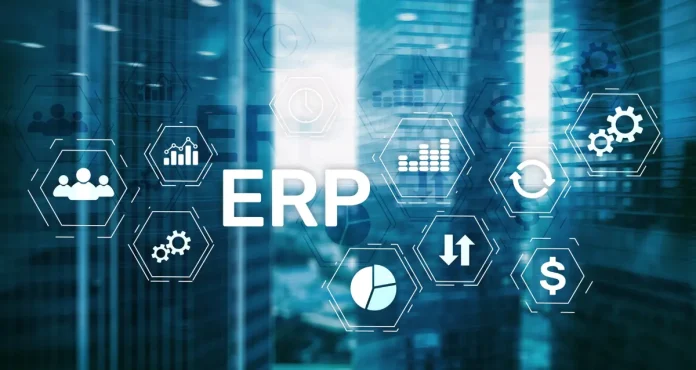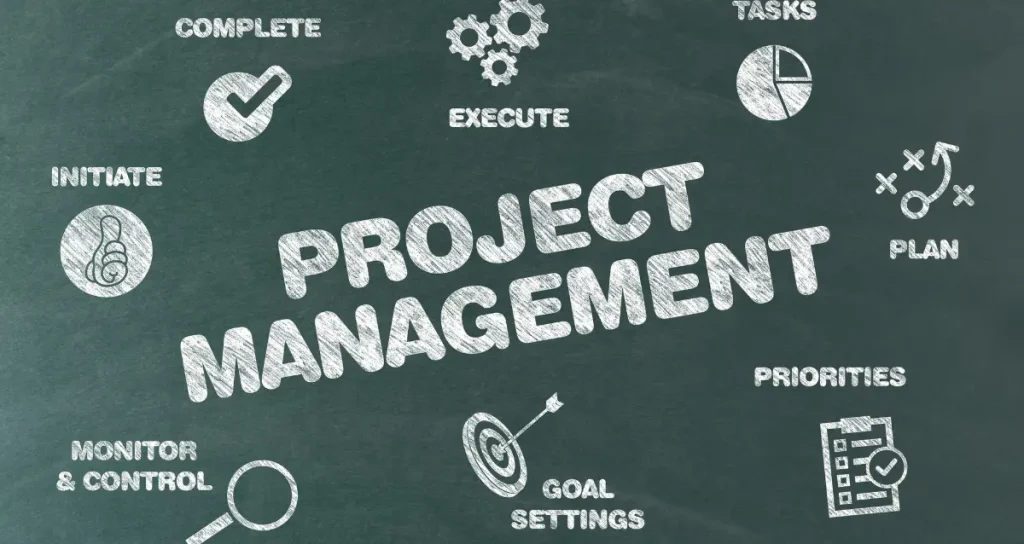
Embarking on an Enterprise Resource Planning (ERP) system journey is no small feat. It comes with its set of challenges and risks that can make or break the transition. Understanding these ERP implementation risks is crucial for a seamless shift.
Unfortunately, many organizations struggle to identify these potential hurdles early on. In this blog, we’ll dive into the common risks associated with ERP implementations and offer practical advice to navigate around them.
By the time you finish reading, you’ll be better equipped to steer your ERP project towards success.
Comprehensive Planning and Analysis
Before setting up an ERP system, it’s really important to plan and think things through. This step lets you figure out what you want to get from the system and catch any problems early.
You’ll look at what systems your business already uses, understand what different people need from the new system, and decide on your budget and timeline. Doing this well at the start can help prevent the project from getting too big, costing too much, or missing deadlines.
Choosing between ERP and CRM systems
A common mistake companies make is thinking that an ERP system can do everything, including managing customer relationships. Although some ERP systems can handle customer relationship tasks, they might not fit your specific needs.
It’s crucial to understand what your business needs and to know the difference between ERP and CRM software. Picking the wrong type can cause problems with keeping track of customer information and might even make your customers unhappy.
Effective Project Management
Project management is important for any ERP project. You need a good project manager who knows ERP implementation strategies well. They help keep the project on time, within budget, and make sure it’s finished when it’s supposed to be.
They’re also great at keeping everyone involved with the project on the same page, making sure they understand the project’s goals and how things are going.

Comprehensive Training and Support
When installing a new ERP system, it’s common for people not to use it much at first. To tackle this, companies should provide thorough training for their staff.
It’s important that the training is tailored to fit each person’s role, helping everyone understand how the new system affects their job and how to use it correctly. Having support readily available for any issues can increase the likelihood of a user’s adoption of the new system effectively.
Data Migration Strategy
Data migration is a tough part of setting up a new ERP system. If data isn’t moved over correctly, it can cause big problems in how things run.
To avoid this, it’s important to plan how you’ll move the data. This plan should include cleaning up the data, figuring out where it goes in the new system, and checking it’s all correct. Getting help from experts in data migration can also help make sure your data moves over smoothly.
Navigating ERP Implementation Risks for Success
Implementing an ERP system can be tricky and comes with some risks. You need strategic planning, preparation, and knowing what to do to mitigate ERP implementation risks.
Conclusion
To have a smooth journey, planning, training your team well, and making sure your data is clean and organized are key steps. It’s also important to help everyone get on board with the change and make sure the new system works well with what you already have.
With careful planning and a proactive approach, you can improve how your business operates and grow more efficiently.
Visit our blog for more captivating content.
Check out How a Letter Outline Can Improve Your Online Mail Workflow.









